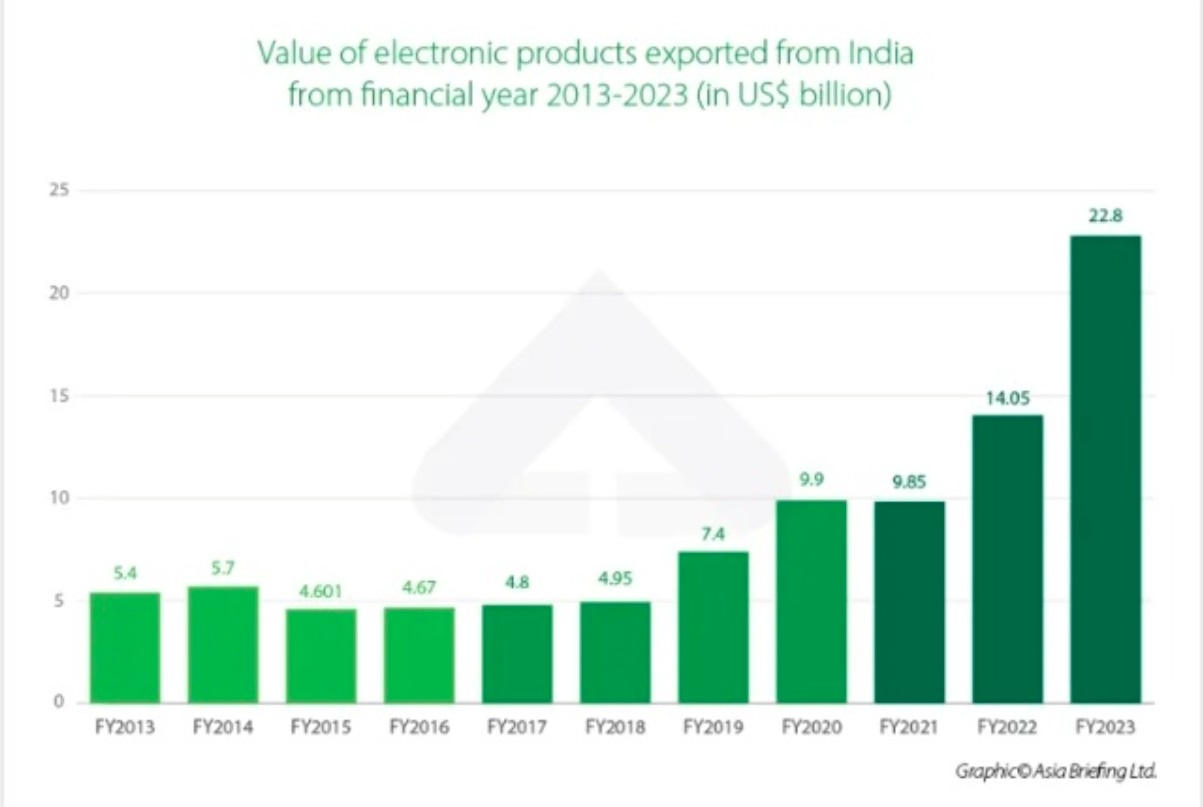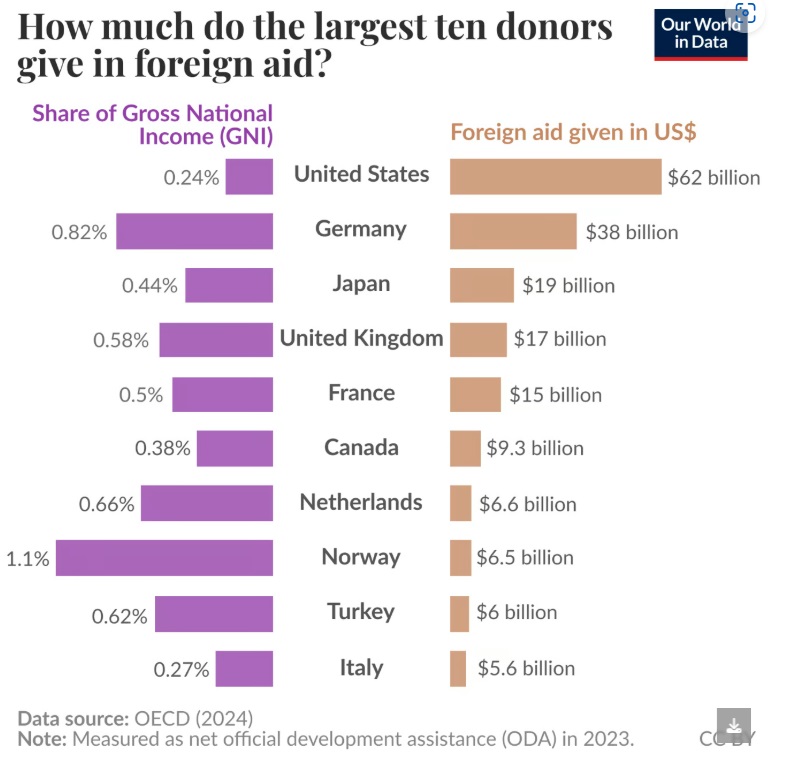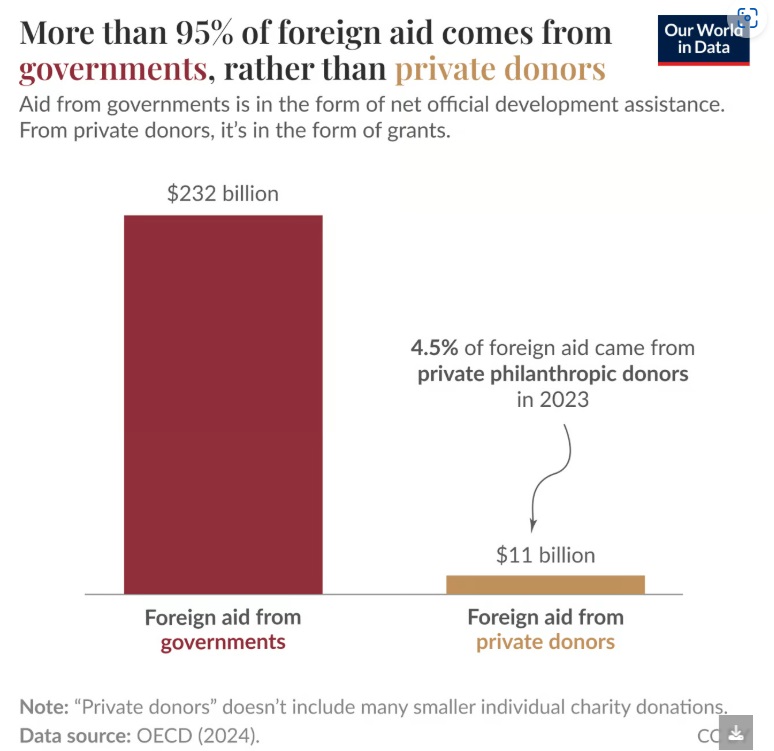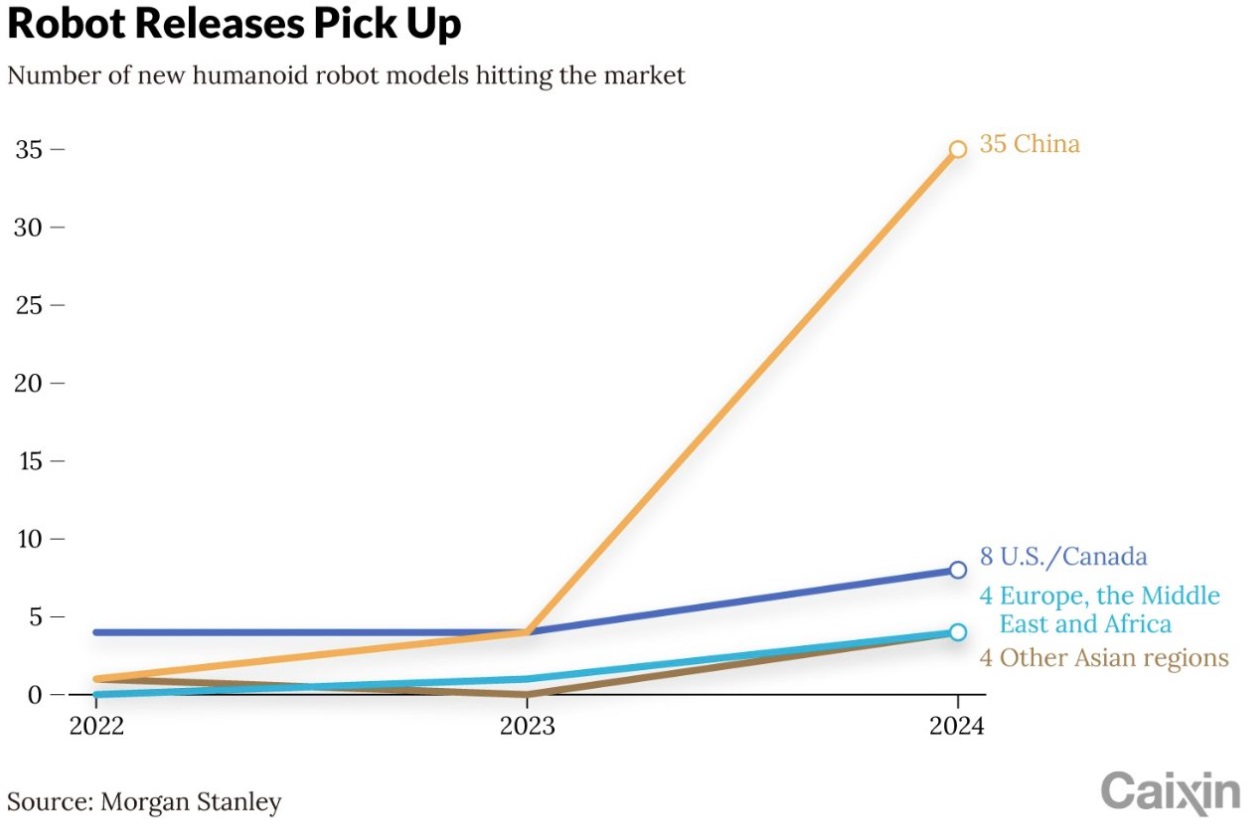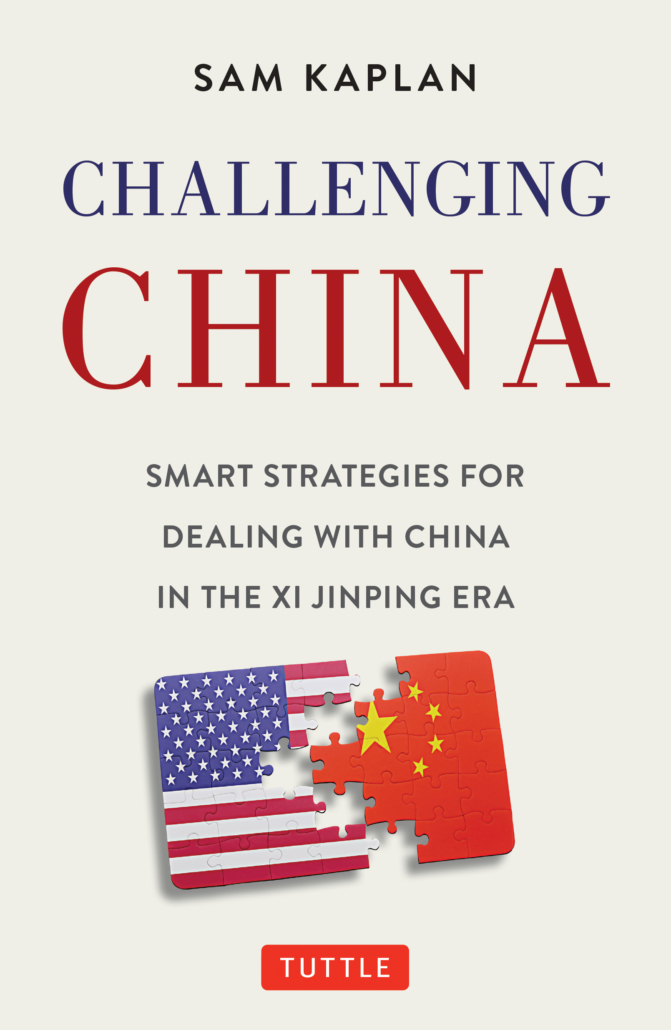Frank Chopp, former speaker of the Washington State Legislature, died last weekend. He was known for being a powerful and tough-minded legislator. We do not generally engage with the state legislature very much, which both they and we are thankful for. But over a decade ago we met with Chopp as part of a group from two different organizations. Lobbyists from the two organizations asked us to join them in the meeting. We don’t remember the particulars of the issue they were going to lobby Chopp on, but our role was to be an international trade expert. We were to explain during the meeting how important international trade is to the Washington state economy—an easy assignment since 40 percent of jobs in Washington are tied to international trade in one way or another or at least were before the various trade wars. In the speaker’s antechamber, we waited…and waited a bit longer. And then our small group was ushered into the Speaker’s office and sat around a large impressive table where Chopp promptly started laying into the lobbyists. We mean he really gave it to them, ripping into them about this and that, giving them a hard time, insulting them, exuding every bit the tough reputation he had obviously earned.
We sat there quietly, a bit nervous, thinking, what have we gotten ourselves into, and trying to steel ourselves for whatever verbal barbs headed our way. Eventually the meeting turned towards international trade and we gave our spiel, providing data and anecdotes. Chopp did not interrupt us, did not insult us, did not toss angry verbal hand grenades our way. He asked some polite, inquisitive questions and the meeting continued. Afterwards we asked one of the lobbyists why we were spared. She answered, because Chopp knows you are not a lobbyist, that you were there to provide information. We were essentially a civilian and treated as such. RIP Frank Chopp, an old-style politician for better or worse. And we continue our civilian ways presenting you the latest on India’s manufacturing rise, who gives foreign aid and China’s intelligent humanoid robots. It’s this week’s International Need to Know, against all odds optimistic as we head this afternoon to Seattle Mariners’ opening day, but nonetheless armed with a gloveful of global data and and some crackerjack international information.
Our latest Substack article published earlier this week is about Seven Reasons Why I Think China Will Invade Taiwan and One Why I think It Won’t Check it out. And, of course, we continue our Trump Law-Breaking and Corruption Tracker.
Without further ado, here’s what you need to know.
India’s Manufacturing Rise
As we all wait for the big, no-good, crazy, counter-productive Trump April 2nd tariff announcement*, let’s take a moment to see how India’s manufacturing sector is doing. We increasingly view India as the last great hope of the 21st century, something we hope to write about more in-depth soon on Substack. To fulfill that hope, India will need to continue developing economically. And to continue developing economically it will need to continue to build up its manufacturing sector. So how is it doing? For this we turn to @IndustrlPolicy on the social media artist formerly known as Twitter. He recently posted a chart highlighting the strong performance of India’s electronics exports (see below). As we’ve noted more than once, Apple increasingly manufactures in India, including iPhones, and soon, iPads and Macs. This will help India continue to move up the value chain. @indstrPolicy also posted a chart (2nd chart below) showing that even as the share of high-value manufactured goods is increasing, its traditional ones are decreasing. He states that this “stems from restrictive labor + union laws that complicate hiring and firing processes in labor-intensive businesses. These regulations create bureaucratic burdens that keep firms small, unproductive and hamper growth in these sectors.” India needs to continue to reform and maintain its democracy to achieve our 21st century hope, but it is a good sign that it is moving up the value chain.
*We wrote that sentence before Trump suddenlty announced yesterday “permanent” 25 percent tariffs on autos. When writing about Trump tariffs, we need to remember they can change any minute–the markets will remember even if we don’t.
Who Gives Foreign Aid?
Foreign aid has been in the news thanks to the Trump administration’s decimation of the United States Agency for International Development (USAID). We hope that by now you know that U.S. spending on foreign aid is far less than one percent of the federal budget. But what about other countries? How much foreign aid do they provide? A recent article in Our World in Data provides the answer. The United States was the largest donor at $62 billion. Germany is the second largest, providing $38 billion, followed by Japan, the U.K. and France. You’ll note in the chart below that all of the countries in the top ten are spending less than 1 percent of their government’s budgets on foreign aid, with the exception of Norway at 1.1 percent. Of course, Norway has large oil and gas revenues that makes it a bit of an outlier. We wrote a few months ago that remittances from immigrants to their home countries exceeds government foreign aid. But you know what doesn’t? Private philanthropy. As you can see from the second chart below from Our World in Data, the loss of USAID funding will not be made up by the Gates Foundation and other private foundations.
China Corner: The Rise of Intelligent Machines
About a year ago, in noting that OpenAI LLM technology was being embedded in robots, we asked “now that LLMs are embedded in robots won’t they start training on real-world physical data rather than just information on the internet?” We’re about to find out on a larger scale. China is making major advancements in both AI and robotics. As you can see in the chart below from Caixin, in the last year Chinese companies released 35 humanoid robot models, double the combined number of the U.S., Europe and other parts of Asia. As in so many other areas of technology, China continues to leap ahead, drawing on expertise built on its extensive manufacturing supply chains. At the same time, Artificial Analysis, a platform that benchmarks various AI models, asserts that “DeepSeek V3-0324 is now the highest scoring non-reasoning model.” DeepSeek’s continued AI advances and the PRC government encouraging companies to incorporate its technology, could mean big advancements in robotics in China. Humanoid robots that can reason might be one result. Of course, there are many reasons to use non-humanoid robots which are likely more practical in a range of uses than humanoid robots, but China is also emerging as a leader in building those robots. The U.S. has led in these technologies but there’s a good chance that China will be the new leader this decade….with all the consequences of that development.

